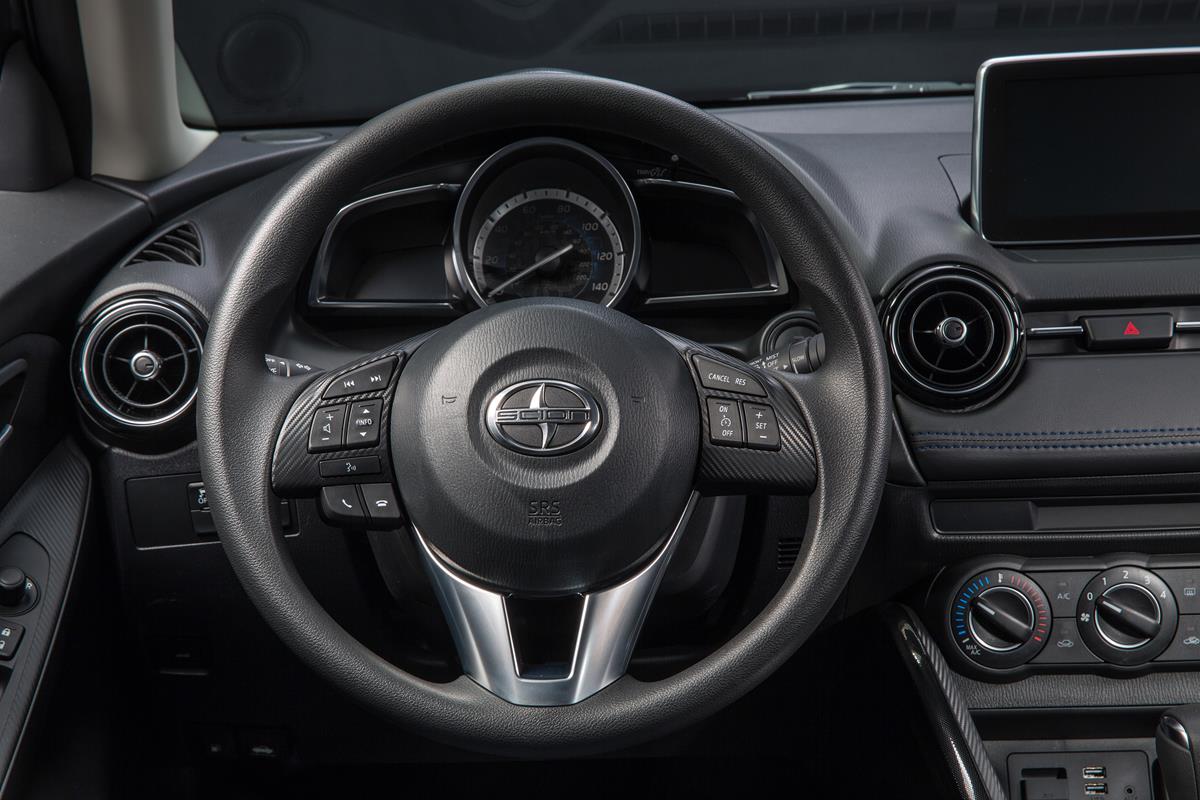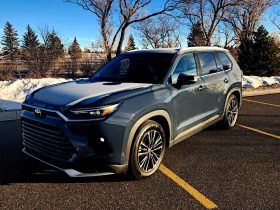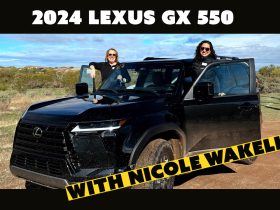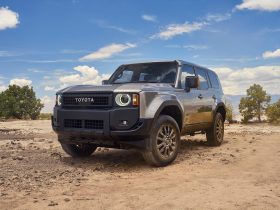Toyota has announced that they will be absorbing the Scion brand, ending the youth brand’s 13 year run. As of the 2017 model year, all Scion branded vehicles will become Toyotas and will be sold under the Toyota nameplate.
Scion sells to a younger audience than any other vehicle brand, with an average buyer being age 35 and with some models selling to an average buyer as young as 29. This is about half the age of the industry’s average new car buyer and shows that the Scion brand found a metric that clicked with younger new car shoppers. Scion also brought nearly three quarters of its buyers to the Toyota brand, with more first-time purchasers and first-time Toyota brand buyers than repeat buyers for the brand.
As of August of this year, when 2017 model year vehicles begin to appear, the Scion brand will phase out with all of its vehicles, such as the Scion FR-S, iA and iM, will become Toyota-badged products. From there, it is likely that some of the Toyota lineup will begin to see a little shakeup as either a former Scion or a current Toyota vehicle takes precedence and the other is dropped or renamed and absorbed. Scion will be ending production of the tC this model year in favor of the C-HR, which was introduced at the LA Auto Show.
Our Predictions
We predict that the current Scion iM will become a Toyota Corolla Hatchback, since the two are so functionally similar. It’s likely that name changes will soon come to several Scion vehicles as well. The iA has a non-conventional Toyota name, so we expect to see it changed. The FR-S will likely remain as-is with perhaps cosmetic changes to go with the Toyota branding. Lastly, the production version of the C-HR will look nothing like its conceptual (this is a no-brainer).








So in a nutshell, Scion bought nearly three quarters of Toyota cars, although it was aimed at first-time buyers and under 35. It had more first-time Toyota brand buyers than repeat buyers for the brand. Does that mean that the Scion brand was victim of its success and cannibalized Toyota’s sales, so now they will sell it under the Toyota brand? It’s seems a little off-center and not the best way to see what the consumer is telling Toyota or am I imagining things here?
Scion itself was 70% new buyers who’d either never purchased a new car or were buying a Toyota product for the first time. That doesn’t mean they were the majority of Toyota’s buyers (not even close), just that the brand was really good at attracting both youthful buyers and first-time buyers.
I honestly think that this merger is more about corporate culture than it is the Scion brand. Scion has been losing sales, sure, but it’s value was in its overall ability to let Toyota experiment outside of the “staid and true” Toyota box, saving them face should whatever the experiment be end in failure. For the most part, the goals of Scion at its creation have been met. It’s attracting younger buyers, it’s pulling in first-time and first-Toyota buyers, and it’s sending a goodly chunk of them up the Toyota food chain for more purchases later.
Something that the Dodge brand was set up to do for Fiat-Chrysler, but never did because they didn’t focus on that idea. It’s looking like the Dodge name is going to become nothing more than a performance brand for FCA now that the announcement to drop their minivan and the Dart have been made. I fully expect to see “Dodge SRT” as the new performance label for FCA. Marcionne REALLY wants to downsize and find a merger partner and is doing everything he can to make the company look more enticing to bigger automakers that might be willing to do that.
So: “It’s attracting younger buyers, it’s pulling in first-time and first-Toyota buyers, and it’s sending a goodly chunk of them up the Toyota food chain for more purchases later.” means that it did convert those new Scion buyers to up the chain with Toyota and eventually Lexus? If they are losing sales, what are they essentially doing wrong?
I get the overall idea and what they did, I’m not grasping the why and what Toyota is trying to do. I just don’t follow that segment well enough to know.
What I’d read other places was that the Scion brand was suffering somewhat do to it’s lack of breadth. Since most of it’s models are rebadged Toyotas not sold here but sold in other parts of the world anyway, the cost to maintain a separate brand were becoming higher than was feasible, and many (most?) of the buyers already knew they were buying a Toyota anyway – they just liked the different styling that Scion offered. The FR-S is a shared project between T and Subaru, and everybody I know who was interested in the vehicle was actually turned off slightly that T didn’t keep it badged as the 86…
The new buyers part is a misunderstanding. The point was that many buyers who bought Scions were new to Toyota’s family of brands. Many were new period, being very young new buyers. The overall problem was sales. There weren’t any. Scion sold just 507 of the only model anyone ever talks about last month (FR-S). The Corolla, which is right next to the Scion models inside Toyota dealers that offered Scion, outsold the whole brand by a huge amount. More than 4 to one this past month. The dealers were tired of supporting Scion’s silly microcars nobody cares about and wanted out. Yoda will keep the FR-S and its new tiny sedans and relabel them Toyota vehicles.
Thanks John, that answers some of my questions. It also points to the idea of sub-segment companies under the umbrella of a big one was a good idea in the 50s and 60s in the US, and in the 80s when Japanese carmakers reintroduced it, but needs to be overhauled these days in order to meet the reality of this slow moving new economy. That model was based on a booming economy, not the case anymore.
The FR-S was the only car that the PRESS talked about, but not the best-seller in Scion’s line. They sold more tC and xB models. The iM is poised to replace the xB’s sales figures with over 5,000 in less than two months of sales (the xB sold 16.5k units in 2015, during which time it was only produced until August). The tC is being dropped because it has no place in the Toyota lineup, despite its annual sales of 16.5k last year and nearly 18k the year before that. For a brand that sells a limited number of models, only to young kids and whose average price point is well under $20k, I think Scion was doing well. The sales justification only works if you consider specific models. Most of Scion’s models were consistently puling numbers year-on-year during the years they were in full production. The FR-S was the only one in serious decline and that’s to be expected because it’s basically a halo car, whose luster dulls after the first year or so. The BRZ’s figures chart almost exactly the same way.
In regards to the Fiat/Marchonne bit in, I agree that that is what he’s trying to do, although I don’t know how he can attract a third party. Traditionally, three way partnerships have proven to be difficult, even if they make sense. I think Marchionne was good at helping back FIAT in its financial feet, they now need a sustainable vision for the future beyond bottom line numbers. Is Marchionne and his entourage the right people for that? That’s another question.